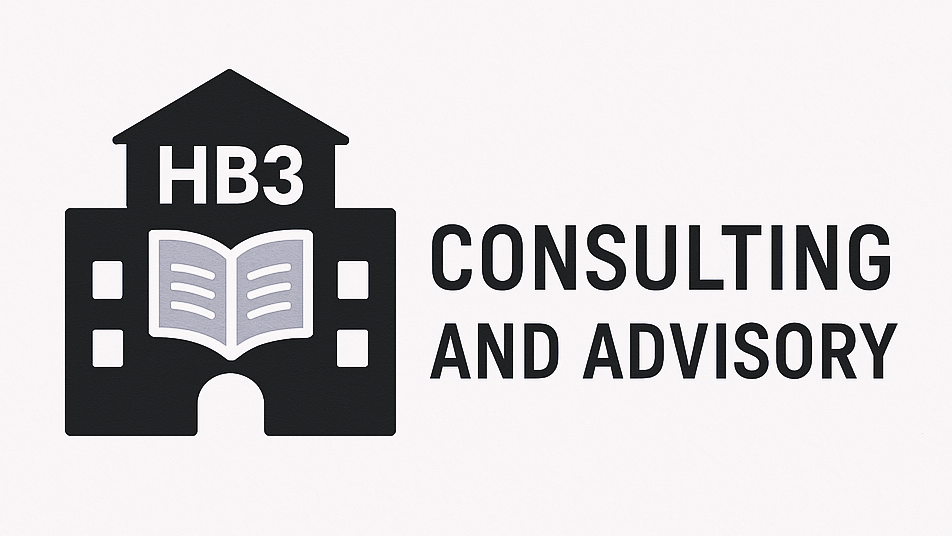Boundaries That Shape What We Learn: Applying Bernstein to Cultural Institutions and Microschools
Collection and Integration: Two Approaches to Curriculum Design
Basil Bernstein, the British sociologist best known for his work on socio-linguistics and connections between pedagogy and power, argued that curriculum isn’t just what we teach, it’s how knowledge is organized. He described two curriculum models: collection and integrated.
In a collection curriculum, subjects are distinct. History is history. Science is science. The teacher in each domain controls what counts as “real” knowledge in that subject. Think: a traditional school schedule with bell-to-bell compartmentalization.
In an integrated curriculum, boundaries between subjects are blurred. A project on urban gardening, for example, might blend biology, statistics, environmental ethics, and persuasive writing. No single subject “owns” the learning.
Most schools still operate largely in the collection model, as do many cultural institutions. But here’s the twist: the trends toward interdisciplinary and project-based learning, especially in microschools and other nontraditional education settings, require a rethinking of these boundaries. And that’s where Bernstein’s concept of classification becomes vital.
Section 1: Classification and Curriculum Design
Who owns what knowledge, and who makes those decisions?
Classification in Bernstein’s theory refers to the strength of boundary maintenance between subjects or disciplines. Strong classification = hard, well-defended walls between topics. Weak classification = porous walls, not strictly defended and sometimes even including shared ownership.
Most cultural institutions are born with strong classification baked in. A natural history museum doesn’t feel pressure to explain its physics exhibits through literary narrative. But classification (and an insistence on reinforcing a strict specialization) can limit creative design. A museum exhibit on migration might explore ecology and adaptation, while a history museum explores immigration, but rarely do they collaborate on a shared exhibit that could interweave both themes meaningfully.
Microschools, on the other hand, often reject rigid subject divisions. But even they can fall back on “subject silos” if content is purchased off the shelf or if outside accountability demands it. The more curriculum relies on pre-packaged units, the harder it is to stay integrated.
Takeaway for cultural institutions: Consider curating exhibits or programs that intentionally weave knowledge across traditional boundaries. Partner with professionals from other disciplines, even other institutions, to develop richer, more resonant narratives. Re-analyze how the collection may allow for lessons in other, less obvious subject areas.
Takeaway for microschools: Ask whether your curriculum materials assume strong classification. Could interdisciplinary project planning serve as a new model for scope and sequence? Can community partnerships help build bridges between subjects?
Section 2: Who Has the Right to Speak? (And Be Heard?)
What counts as “real” knowledge, and who controls it?
Classification explores what gets taught, with implications for who gets to teach it. In formal settings, subjects have gatekeepers. Science teachers teach science. Museum docents speak on approved topics. This kind of role specialization, while efficient, can stifle participation, especially from learners and community members who bring different forms of knowledge to the table. In contrast, integrated models often flatten these hierarchies. A student co-designing a field guide in partnership with a local park ranger, or a family adding oral history to a museum's local archive, blurs the line between expert and learner. Facilitating learning experiences through a collection model should look different from those through an integrated model.
Cultural institutions can explore participatory programming that welcomes learners as knowledge creators, not just recipients. Think: co-curated exhibits, youth advisory boards, or storytelling events that validate lived experience.
Microschools can deliberately position students and families as holders of valuable knowledge, challenging the idea that all learning must come from credentialed sources. The depth of knowledge in local communities can be “mined” by students.
Section 3: Classification and the STEM Puzzle
Designing for connections, without breaking the logic of the subjects
Let’s take STEM (Science, Technology, Engineering, and Math) as an example. If your program is built around the idea that science, technology, engineering, and math are separate subjects, then it makes sense to create one unit on “science,” followed by one on “tech,” etc. That’s strong classification. But what’s missed is the interdependence of those fields. Designing a prosthetic limb or a solar oven involves scientific reasoning, technological tools, mathematical models, and design thinking, often in real time. When we treat those elements separately, the experience becomes fragmented and less meaningful. If we structure STEM experiences to rigidly reinforce only individual subjects, then not only do we deny students the opportunity to think like professionals in those fields, we remove the likelihood of deep learning from STEM experiences.
Cultural institutions: Try bundling exhibits or hands-on workshops around big ideas or challenges, not disciplines. For example, design a “Future of Water” experience that draws on engineering, chemistry, art, and social science.
Microschools: Begin curriculum planning around problems, themes, or skills that cut across subjects. Use STEM as a frame for building habits of mind (systems thinking, problem solving, precision, iteration) not just as a checklist of content areas.
Final Thought: Boundaries Aren’t Bad, But They’re Not Neutral
Bernstein didn’t argue that classification was bad. Sometimes, strong boundaries protect the integrity of a field. But they also serve as gatekeepers. Both microschools and cultural institutions are in unique positions to reconsider how knowledge is shaped and who gets to shape it. Rather than replicating traditional subject hierarchies, what would it look like if these institutions partnered? If a museum designed programming for a microschool’s thematic unit? If a microschool invited museum educators to co-develop interdisciplinary projects?
We can’t teach everything, but we can decide what walls we want to keep and which ones we’re brave enough to soften.
